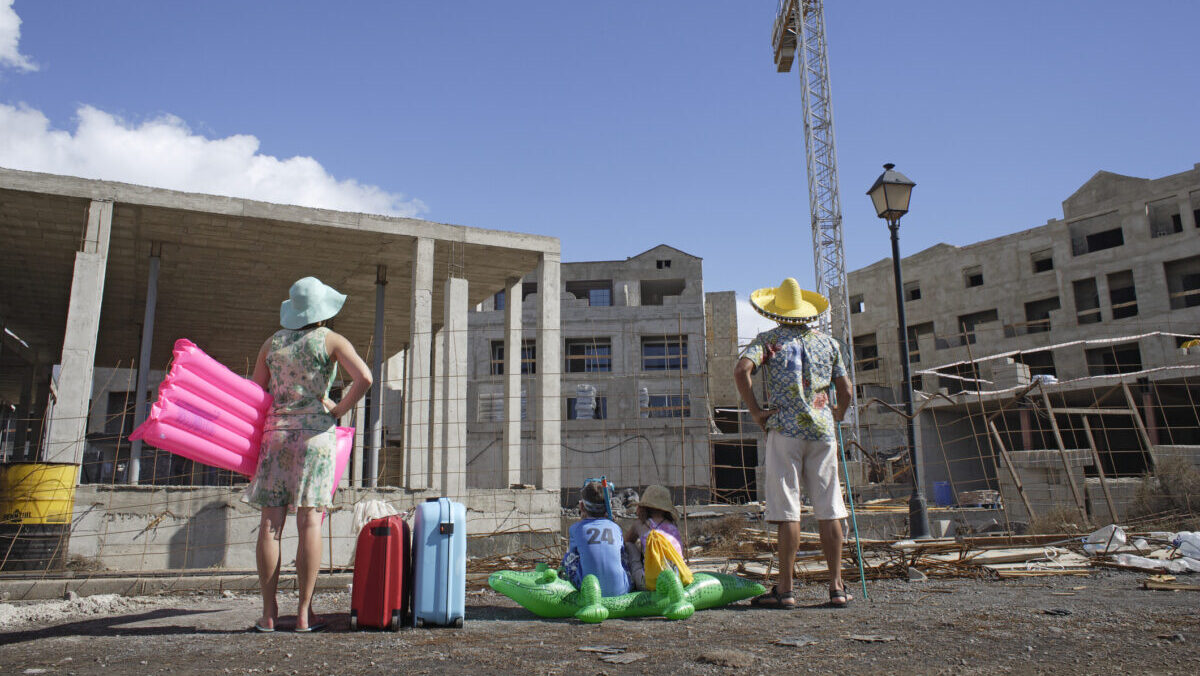Evolution Mining shares plummeted almost 20% after second gold quarter production came in well below analyst expectations
EVN has maintained full year guidance, but analysts are cynical it can get there in FY24
Red Lake downgraded again as Canadian operation continues to trouble the Australian gold major
$7.5 billion capped Evolution Mining (ASX:EVN) is an obvious choice for the gold bulls who think equities are ripe to catch up with rising gold prices.
At over $3080/oz Australian (around US$2030/oz in Yankeeland), there is plenty of grace for the big gold producers, as Evolution’s all in cost margin for the December quarter of $676/oz aptly shows.
It means it can afford to lug around some less impressive performers in its portfolio in the hope they turn around.
Producing 161,073/oz at all in sustaining costs of $1618/oz in the December quarter, with higher prices driving cash flow up $105.2m to $78.8m before dividends and funding costs for the acquisition of the Northparkes copper mine, EVN is in a reasonable position.
Despite producing just 319,377oz of gold and 27,635t of copper in the first half at AISC of $1615/oz, Australia’s third biggest listed gold stock still thinks it will hit full year guidance of 789,000oz gold and 62,500t copper at AISC of $1340/oz, give or take 5%.
But there were some nasties in this morning’s quarterly report. Mungari in WA was loss-making after major capital, with a big project to increase the size of the Kalgoorlie project’s mill now underway. It produced 28,130oz at costs of $2558/oz in the three months to December 31.
Then there is a three month delay to commercial production at the new Cowal underground, initially planned for the end of last year.
But of greatest concern is undoubtedly its North American adventure at Red Lake, where FY24 production will be around 25% lower than previously planned at 125,000-130,000oz.
That came after it sieved over $30m after producing 24,095oz at $3343/oz, a 31% cost increase. EVN blamed ‘materials handling constraints’ at the Cochenour and Reid haulage shafts — solved with a new raisbore — along with seismicity at its Balmer mine.
EVN says the focus is for the “operation to become a consistent and reliable producer”, but how long investors can bear that line for is another matter.
Hard-pressed to meet guidance
Jarden’s Jon Bishop said the numbers mean Evolution is hard pressed to meet its guidance, with the 460,000oz required representing ‘a record for the company by some margin’.
He said production fell some 12.4% shy of Jarden’s estimates and 13.2% below consensus, with costs 27% and 19% higher, respectively.
Jarden is underweight on EVN, saying it lacks valuation support on its forecasts, while the firm also has a moderating outlook for gold prices.
“Beyond which, the company likely needs to demonstrate sustainable free cash generation and build and modest de-gearing of balance sheet on our commodity price assumptions over the remainder of the FY and medium- to long-term forecasts to entice the bulls in a rising gold price environment,” Bishop said.
Evolution shares plummeted on the update, falling almost 20% in early trade, also coinciding with a US$11/oz fall in the gold price overnight on the LBMA on hawkish talk from US Fed Governor Chris Waller, who suggested rate cuts this year would not be as aggressive as past rate roll offs.
Evolution Mining (ASX:EVN) share price today
Aussies struggle in North America
Evolution isn’t a lone ranger here.
The great migration of Australian gold miners to Canada and Alaska around five years ago, pouncing on cosmetically attractive assets unwanted by their countrymen has been largely an unmitigated disaster.
Pogo ($280m) remains a turnaround story for Northern Star (ASX:NST), the overpriced Atlantic Gold acquisition was the beginning of the end for the last iteration of St Barbara (ASX:SBM), and Silver Lake Resources (ASX:SLR) pounced on the struggling but high grade Sugar Zone in early 2022 only to board it up within 18 months and return it to an exploration site.
Newcrest’s Brucejack (now owned of course by Newmont (ASX:NEM)) looks alright, but came at a hefty price tag of US$2.8 billion, while its other acquisition in British Columbia Red Chris will require a mountain of investment to transform into a serious producer.
EVN paid Newmont US$375m on the mature Red Lake — 25Moz since 1949 at an average grade of more than 20g/t — in 2019.
The previous year its Red Lake, Campbell and Cochenour mines had delivered 276,000oz at a creditable US$988/oz. But EVN bought a mine in transition. Its 2019 output was already expected to be down at 150,000-160,000oz for costs of US$1600/oz.
There was the challenge of operating from another country in the throes of the Covid pandemic in 2020. But EVN’s first quarter as the operator saw it produce 27,428oz at $1943/oz, exceeding guidance, with the miner saying its ‘transformation plan’ was running ahead of pace and it doubled down with the C$343m acquisition of nearby Battle North Gold in 2021.
But it has consistently underperformed since, with today’s production downgrade no exception. In the December quarter of FY23, EVN saw its output at Red Lake fall from 36,140oz at $2266/t to 24,960oz at $2761/oz due to grade dilution and higher than expected absenteeism.
We can get Red Lake ‘where it needs to be’: Conway
Speaking to analysts after the release of the results today, which included the resignation of long-running COO Bob Fulker, managing director Lawrie Conway said the miner remained confident of hitting guidance, with the bulk of sites at or slightly behind the FY2024 mine plan.
But he acknowledged sustaining costs would go up at Red Lake on the back of the large production downgrade.
Even at the updated runrate, EVN will need to ramp up output from ~50,000oz in the first half to over 75,000oz in the second half.
Conway said he still thinks the gold producer can get Red Lake “where it needs to be”, despite its struggles since picking it up from Newmont, declining to say whether it would move the mine on if it can’t right the ship.
“There’s certainly been more urgency over the last six months and that will continue into the second half of this year,” he said.
Much of its future will depend on whether it can improve productivity and bring costs down rather than invest more to hit previous production guidance after a string of setbacks late last year.
“In early January when we had the results for the quarter and the half we did a review of what the second half looks like. And I think it’s fair to say that when we were looking at Red Lake and given that they haven’t got to the stability and reliability that the other assets are doing, there was a plan that was put forward that could certainly give us more ounces than we’ve guided to to date,” Conway said.
“Then there’s the risk of do we spend money to chase those ounces in an asset that’s not delivering as reliably as the others.
“So in discussion with the leadership team and the board, we had that reset on Red Lake to say that it’s got to get more reliable, but it’s also got to get its costs down in that period and get the productivities up to generate more cash. So that’s what’s happened in in the first two weeks of January.”
A cratering gold sector was the main handbrake on the broader materials index, which fell 0.19% this morn despite a green day for iron ore miners Rio Tinto (ASX:RIO), BHP (ASX:BHP) and Fortescue (ASX:FMG) on news of a potential stimulus ramp up in China.
Monstars share prices today
The post Ground Breakers: Is under-fire Evolution’s Canadian gold adventure too much hassle? appeared first on Stockhead.























+ There are no comments
Add yours